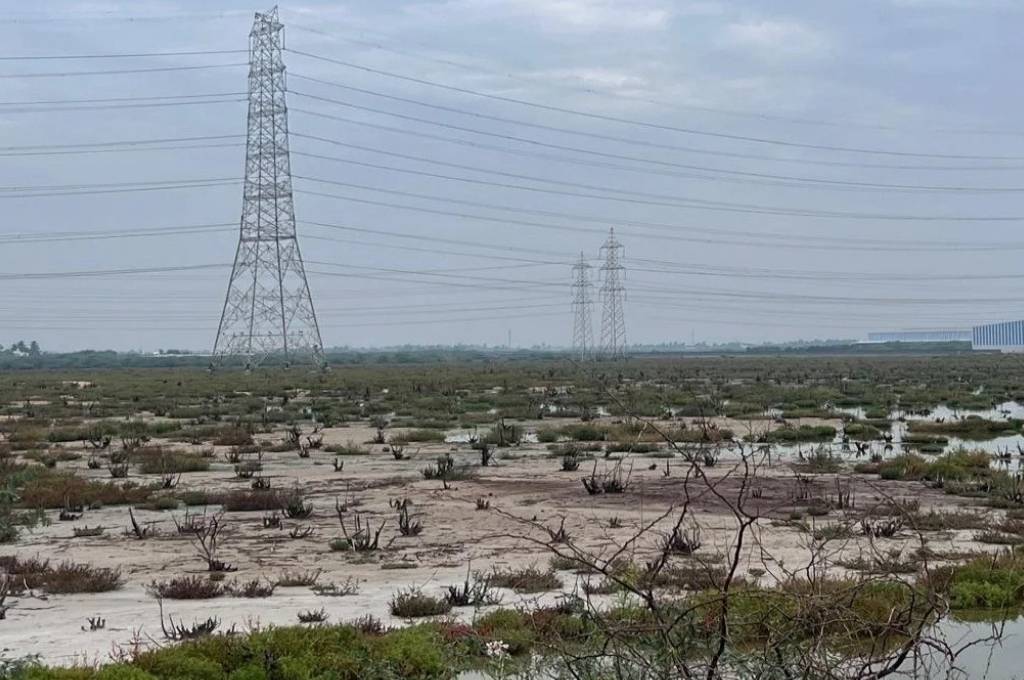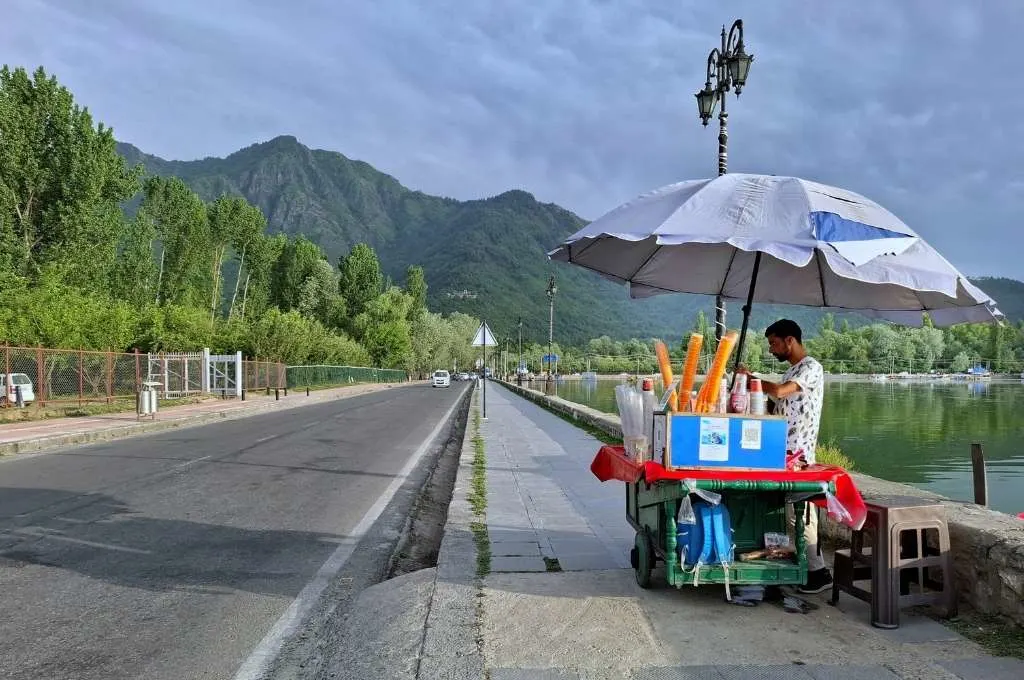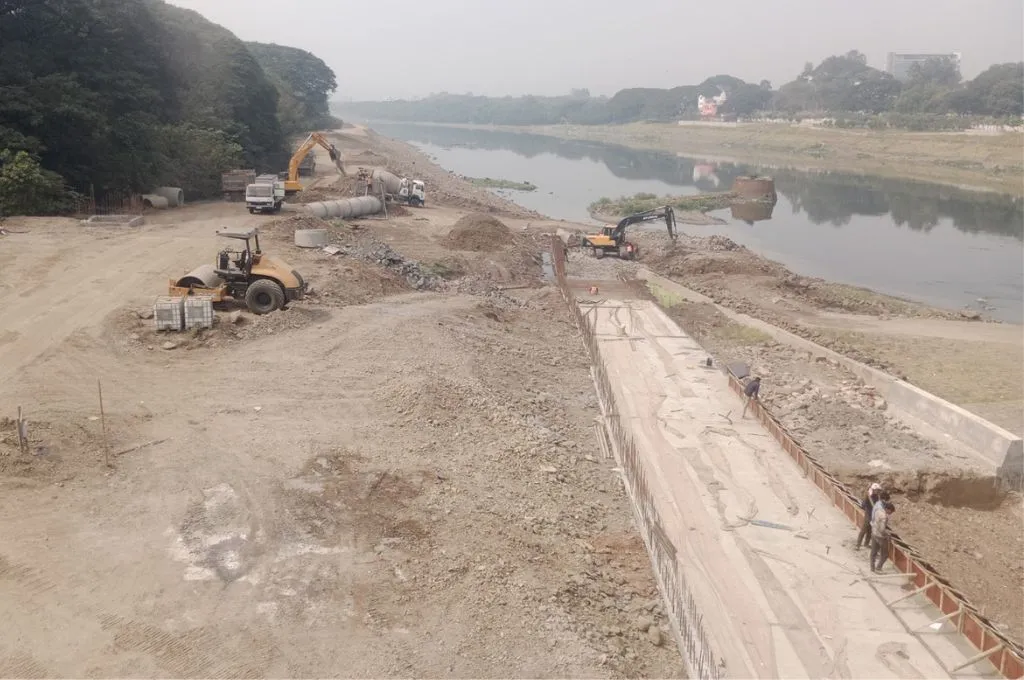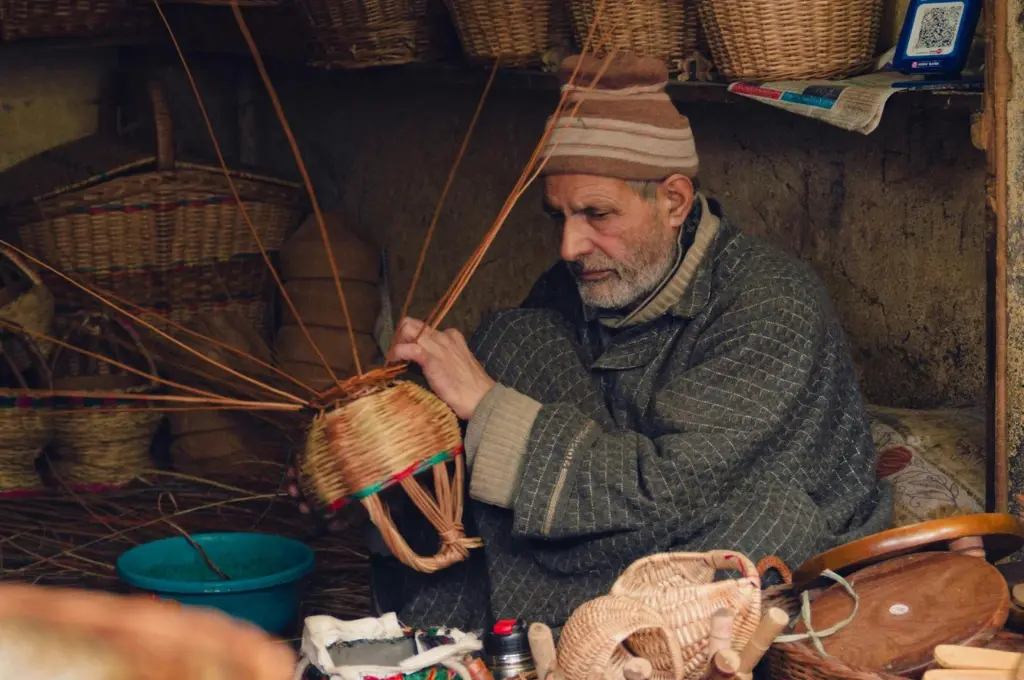Land rights in Majuli’s vanishing island
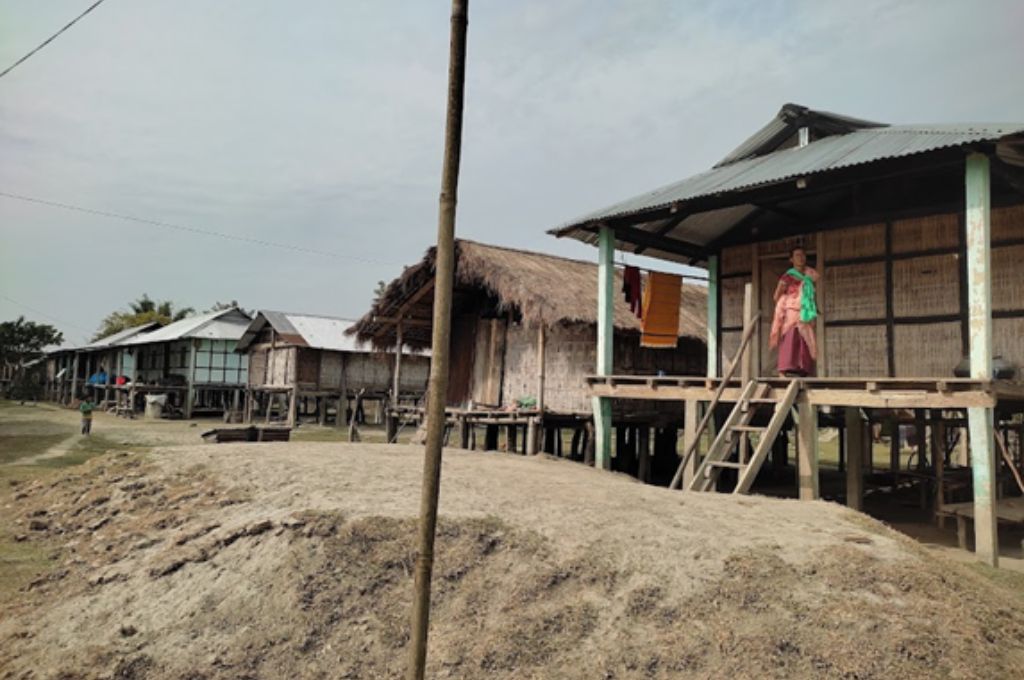
In December 2021, I travelled to Bonoria Chapori, a remote river island in the Brahmaputra in Majuli district, Assam, to document issues of land rights among the resident population. Most people in the five villages of the island belong to the Mising community, and a few other families are from marginalised castes. Subsistence farming and small-scale livestock farming are their main sources of livelihood.
All the hamlets in Bonoria Chapori are affected by floods twice a year, usually in late June and August. The resultant soil erosion continually alters the topography of the island as land masses are swallowed by water and re-emerge elsewhere. During the floods, transportation and communication come to a near standstill, and boats alone facilitate the movement of goods and people. Mising villagers live in stilt houses while other groups have built houses on raised land in an attempt to combat regular floods. Besides floods, there is another challenge that locals have to deal with: tricky land laws.
In Assam, the state issues documents that signify varying levels of authority over land. Miyadi patta (permanent land settlement) is the strongest proof of land ownership that a person can possess and eksonia (annually leased land) is the weakest. According to the locals, eksonia is a receipt from the government acknowledging payment of taxes for a certain plot of land. Community members can cultivate eksonia land, but the government owns it. Such land is legally non-transferable and the residents can be evicted by the government if it so wishes.
This is in stark contrast to the permanence granted by miyadi patta, which allows the owner to sell the land and transfer it intergenerationally within families. Miyadi patta is granted only to land protected by bunds against floods and erosions. This, the villagers believe, is because the lands unprotected by the bund are vulnerable. If private property rights are granted on these vulnerable lands, the government will also have to develop mechanisms for compensation and other redressals.
None of the villagers I spoke with in Bonoria Chapori had miyadi patta, and many did not even have eksonia land. But between having land rights and the prevention of soil erosion, the latter is a bigger priority for them. This is because they have little faith in the government, its laws, and its willingness to abide by those laws. And they also realise that if soil erosion isn’t stopped, they will lose their homes and their livelihood.
Nevin K George is a project scientist. He is working on a joint project by IIT Delhi and National Law University, Delhi, on algorithmic bias and law.
—
Know more: Learn how community members in a village in Chhattisgarh are preventing women from accessing land rights.
Do more: Connect with the author at nevinkgeorge@gmail.com to learn more about and support his work.
